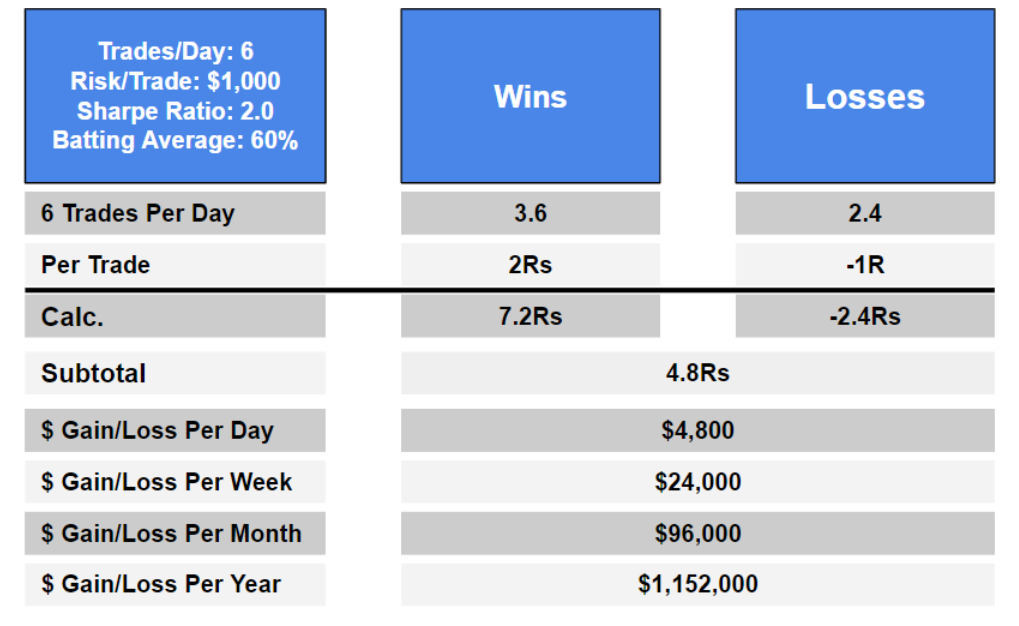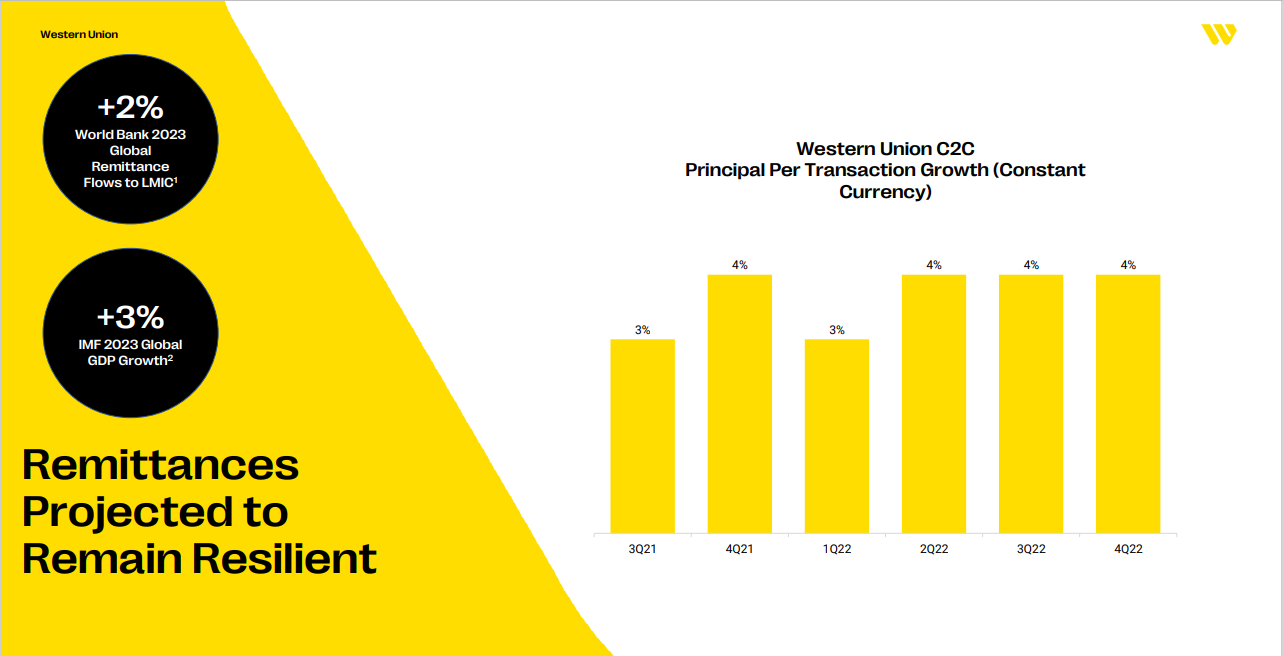
Both the investor and issuer need to be aware of the bond terms. The term describes the bond's main attribute and allows you to gauge its value. There are many types and styles of bonds. But they all fall into one or the other of the two main categories: short-term, long-term. Short-term bonds mature in less then a year. Long-term bonds mature over many years. Both types offer similar features, but the duration of a bond will affect its price sensitivity to changes in interest rates.
A bond is an agreement between a borrower or issuer. The indenture outlines the obligations and names the trustee. Indentures often include security agreements. These may include an insurance company's guarantee that the obligor will repay the debt. Additionally, the bond issuer must own certain property or assets in order to make sure that the bonds are paid when due.
A benchmark is a reference against which the interest rates are measured. This benchmark can be a monetary sum or a numerical index. The benchmark is usually a Treasury security or an indicator that is closely related the bond. You could also use the average coupon yield or the number issued bonds in the issue to be the benchmark.

ACCRETION can be described as the process of increasing an asset's worth. Acretion can be achieved through amortizing or reinvested a portion. These are two common uses of this process: to reduce an interest expense on loans and to increase the par amount of bonds. Sometimes, accretion refers to an actual addition of bond value.
ABATEMENT is the process by which an outstanding balance is reduced to a payable amount immediately. This is usually the most common form of bond redemption. An acceleration clause is a feature that allows the issuer of bonds to redeem it before its scheduled maturity date. Other provisions could include early redemption penalties and the right to redeem a bonds at a certain time.
A benchmark is a group that compares similar securities. For example, a bond's yield is the ratio of the interest payments to the bond value. A bond with a coupon rate at 6 percent yields $60 per annum. Since the coupon is a percentage of the par value, the yield can be expressed as a spread, or a spread measure.
Interesting bond facts include the ability to redeem bonds prior to their maturity. In most cases, however the call price is more than par. The contract may allow the bond to be redeemed at either a callable date, or at a compounded added value.

An all-or-none purchase order ensures that the buyer has all the securities available in the offering. This is usually done by buying all available bonds or bidding for the entire list. BID WANT is also the act of actively soliciting bids.
FAQ
What is a "bond"?
A bond agreement between two parties where money changes hands for goods and services. It is also known by the term contract.
A bond is usually written on paper and signed by both parties. This document contains information such as date, amount owed and interest rate.
The bond is used for risks such as the possibility of a business failing or someone breaking a promise.
Bonds are often combined with other types, such as mortgages. This means that the borrower has to pay the loan back plus any interest.
Bonds can also help raise money for major projects, such as the construction of roads and bridges or hospitals.
It becomes due once a bond matures. When a bond matures, the owner receives the principal amount and any interest.
Lenders can lose their money if they fail to pay back a bond.
How are securities traded?
The stock exchange is a place where investors can buy shares of companies in return for money. In order to raise capital, companies will issue shares. Investors then purchase them. When investors decide to reap the benefits of owning company assets, they sell the shares back to them.
The supply and demand factors determine the stock market price. If there are fewer buyers than vendors, the price will rise. However, if sellers are more numerous than buyers, the prices will drop.
There are two methods to trade stocks.
-
Directly from the company
-
Through a broker
How do you invest in the stock exchange?
Brokers can help you sell or buy securities. A broker buys or sells securities for you. Brokerage commissions are charged when you trade securities.
Banks charge lower fees for brokers than they do for banks. Banks offer better rates than brokers because they don’t make any money from selling securities.
You must open an account at a bank or broker if you wish to invest in stocks.
If you are using a broker to help you buy and sell securities, he will give you an estimate of how much it would cost. He will calculate this fee based on the size of each transaction.
Ask your broker questions about:
-
You must deposit a minimum amount to begin trading
-
How much additional charges will apply if you close your account before the expiration date
-
What happens if your loss exceeds $5,000 in one day?
-
How many days can you maintain positions without paying taxes
-
How you can borrow against a portfolio
-
Whether you are able to transfer funds between accounts
-
How long it takes transactions to settle
-
How to sell or purchase securities the most effectively
-
how to avoid fraud
-
How to get help if needed
-
Can you stop trading at any point?
-
How to report trades to government
-
How often you will need to file reports at the SEC
-
whether you must keep records of your transactions
-
If you need to register with SEC
-
What is registration?
-
What does it mean for me?
-
Who must be registered
-
When do I need to register?
How are share prices established?
Investors decide the share price. They are looking to return their investment. They want to make a profit from the company. They purchase shares at a specific price. Investors will earn more if the share prices rise. If the share price falls, then the investor loses money.
Investors are motivated to make as much as possible. They invest in companies to achieve this goal. They can make lots of money.
Why is a stock security?
Security is an investment instrument that's value depends on another company. It may be issued either by a corporation (e.g. stocks), government (e.g. bond), or any other entity (e.g. preferred stock). The issuer can promise to pay dividends or repay creditors any debts owed, and to return capital to investors in the event that the underlying assets lose value.
Statistics
- The S&P 500 has grown about 10.5% per year since its establishment in the 1920s. (investopedia.com)
- Our focus on Main Street investors reflects the fact that American households own $38 trillion worth of equities, more than 59 percent of the U.S. equity market either directly or indirectly through mutual funds, retirement accounts, and other investments. (sec.gov)
- For instance, an individual or entity that owns 100,000 shares of a company with one million outstanding shares would have a 10% ownership stake. (investopedia.com)
- US resident who opens a new IBKR Pro individual or joint account receives a 0.25% rate reduction on margin loans. (nerdwallet.com)
External Links
How To
How to Trade on the Stock Market
Stock trading is a process of buying and selling stocks, bonds, commodities, currencies, derivatives, etc. Trading is French for traiteur. This means that one buys and sellers. Traders are people who buy and sell securities to make money. It is one of the oldest forms of financial investment.
There are many different ways to invest on the stock market. There are three basic types: active, passive and hybrid. Passive investors do nothing except watch their investments grow while actively traded investors try to pick winning companies and profit from them. Hybrid investors use a combination of these two approaches.
Passive investing can be done by index funds that track large indices like S&P 500 and Dow Jones Industrial Average. This type of investing is very popular as it allows you the opportunity to reap the benefits and not have to worry about the risks. You just sit back and let your investments work for you.
Active investing is about picking specific companies to analyze their performance. Active investors will look at things such as earnings growth, return on equity, debt ratios, P/E ratio, cash flow, book value, dividend payout, management team, share price history, etc. They then decide whether they will buy shares or not. If they feel that the company's value is low, they will buy shares hoping that it goes up. They will wait for the price of the stock to fall if they believe the company has too much value.
Hybrid investing is a combination of passive and active investing. You might choose a fund that tracks multiple stocks but also wish to pick several companies. You would then put a portion of your portfolio in a passively managed fund, and another part in a group of actively managed funds.